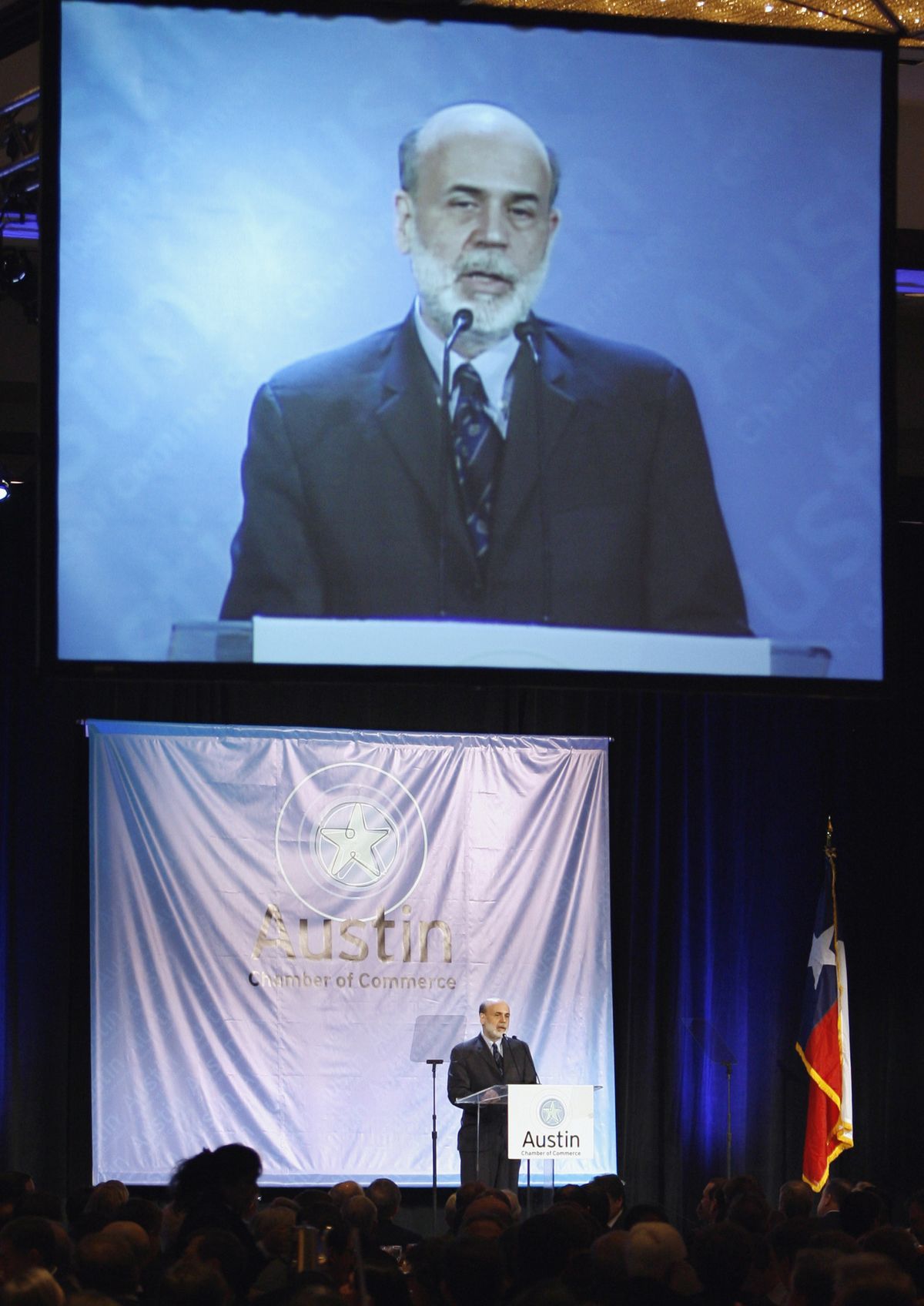Recession’s official status officially spooks markets
fear fuels dow’s plunge, could extend downturn

WASHINGTON – The economy’s yearlong downturn, officially declared a recession Monday, could last well into 2009 or beyond, challenging the U.S. government to devise new responses as traditional methods show limited results.
The National Bureau of Economic Research, the private body charged with determining the onset of a recession as well as its end, said Monday that the current downturn met its definition of a recession: “a significant decline in economic activity spread across the economy, lasting more than a few months.”
The downturn began, the bureau said, at the end of 2007 as businesses started slashing jobs – which they have done every month in 2008.
The group did not say how long the recession might last, but the stock market reflected widespread pessimism. After a widely followed index of U.S. manufacturing activity fell to its lowest level in 26 years, the Dow Jones industrial average tumbled 680 points, or 7.7 percent, and the Standard & Poor’s 500 index plunged 8.9 percent.
“This downturn promises to be the worst since the Great Depression in the 1930s,” said Joshua Shapiro, chief U.S. economist at the forecasting company MFR Inc. “We’ve only just started. I can’t see bottoming out until sometime in 2010.”
The slide in stock prices ended a five-day rally, the market’s strongest in seven decades, built on hope that the incoming administration of President-elect Barack Obama could turn the economy around.
A psychology of fear has gripped businesses and consumers and is likely to prolong the recession, said Lee Ohanian, a professor of economics at the University of California, Los Angeles.
“This one has a potential to be longer and deeper than other postwar depressions,” he said. “People are very, very scared and worried. In my opinion the government has created much more uncertainty about the economy than it should have done. So it’s really hard to tell how long this recession could last.”
Government officials reiterated that they would do what was required to turn the economy around.
“While we are making progress, the journey ahead will continue to be a difficult one,” Treasury Secretary Henry Paulson said.
Federal Reserve Chairman Ben Bernanke, addressing members of the Austin Chamber of Commerce in Texas, pledged to use the central bank’s full resources to repair the credit markets and prime the economy.
But “despite the efforts of the Federal Reserve and other policymakers,” he said, “the U.S. economy remains under considerable stress.”
The National Bureau of Economic Research, a nonprofit, nonpartisan research group, was founded in 1920 to study the economy and formally designate each business cycle’s “peak” – when an economic expansion gives way to a recession – as well as each “trough,” when growth resumes after a downturn.
Since 1978, the group has had a special committee in charge of the designation process.
Although a recession is commonly defined as two consecutive quarters of declines in the gross domestic product – a measure of all goods and services produced by the economy – the current downturn doesn’t yet meet that yardstick.
The GDP shrank in this year’s third quarter at a 0.5 percent annual rate but showed growth of 2.8 percent in the second quarter and 0.9 percent in the first quarter.
The bureau, however, uses a variety of indicators, including monthly measures of employment, industrial production and personal income.
Job losses appeared to weigh most heavily. Although the economy normally must create about 100,000 jobs a month to keep pace with population growth, it has lost an average of 120,000 jobs a month in 2008 through October. The unemployment rate stood at 6.5 percent in October, and many economists expect it to climb above 8 percent in 2009.
“The committee found that economic activity measured by production was close to flat from roughly September 2007 to roughly June 2008, while activity measured by employment reached a clear peak in December 2007,” the bureau said.
The organization’s economists “judged that the weight of the evidence” suggested that the economy peaked – and the recession began – in December 2007.